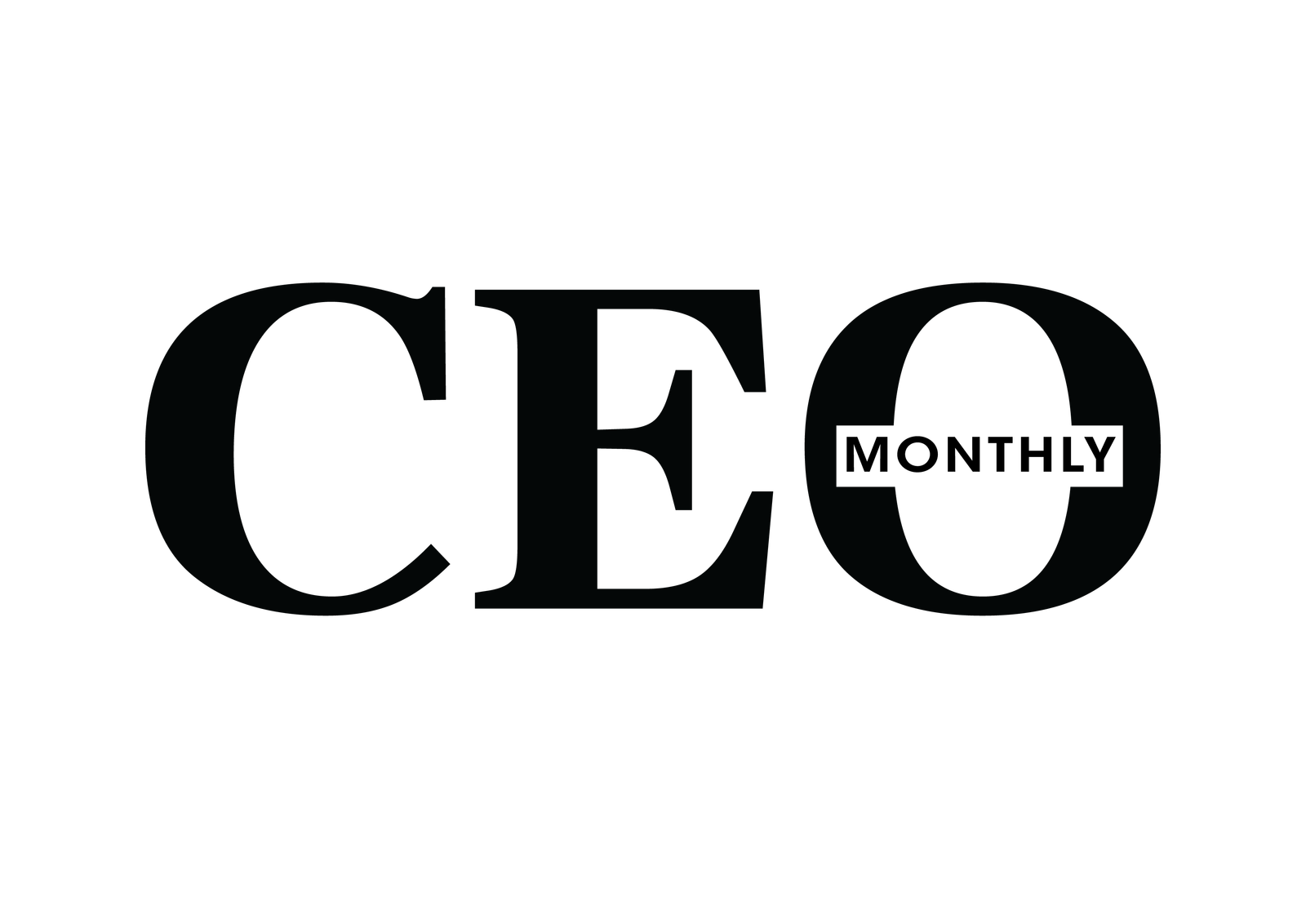Learning how to engage stakeholders is key to making ideas work. It helps organizations meet their goals and the needs of their stakeholders. This leads to real results. Stakeholders play a big role in how well a company does, so it’s important to focus on those who matter most1.
In the last 20 years, it’s become clear that engaging with stakeholders is crucial for businesses to be responsible2.
BSR has a five-step plan that over 250 companies use. It starts with clear goals and tracking how well you’re doing2. Companies like Coca-Cola use digital tools to keep tabs on how people interact with them. Groups like the C19HCC, started in 2020 with leaders from Amazon Web Services and Mayo Clinic, show how working together can solve big problems13.
Stakeholders who are really important can add up to 50% of a company’s value. So, it’s very important to make sure they are involved3.
Key Takeaways
- Stakeholder engagement strategies align goals with stakeholder needs for better outcomes.
- BSR’s framework guides companies in creating effective engagement plans.
- Coalitions like the C19HCC demonstrate how collaboration drives innovation.
- High-value stakeholders contribute significantly value, requiring focused engagement.
- Regular evaluation and feedback loops improve engagement effectiveness.
Understanding Stakeholder Engagement
Stakeholder engagement is about building strong relationships with people or groups affected by or influencing an organization’s goals. It goes beyond just talking—it’s about working together to make sure everyone is on the same page4. A solid stakeholder engagement framework helps organizations know who to talk to, who to listen to, and how to interact with them. This includes regularly checking in with stakeholders to see how their influence and interests have changed4.
Good stakeholder engagement best practices start with figuring out who is most important. High-interest, high-influence stakeholders, like top executives or big clients, need special plans. Surveys, town halls, and interviews are ways to get feedback, but interviews take more time4. Starting to involve stakeholders early on can help avoid problems by addressing concerns before they become big issues5. For example, getting stakeholders involved in UX projects early on helps everyone stay aligned and avoids obstacles5.
Important parts of the framework include setting clear roles for engagement, from just keeping an eye on things to giving stakeholders real power. A plan for communication with clear deadlines and roles helps keep everyone on track4. Best practices also mean being ready to change strategies as stakeholders’ priorities change. This avoids the problem of ignoring their evolving needs5.
Identifying Stakeholders
Knowing who matters is key to good stakeholder engagement. You need to focus on those who can affect or are affected by your project.
Types of Stakeholders
There are three main types of stakeholders: primary, secondary, and key. Primary stakeholders are those who directly benefit or are affected, like employees or customers. Secondary stakeholders are indirectly involved, such as local businesses or regulators. Key stakeholders have the power to influence outcomes, like investors or community leaders.
Understanding these categories helps you know who to talk to first. This way, you can make sure your efforts are effective6.
Techniques for Mapping Stakeholders
- Use power/interest grids to rank stakeholders by influence and involvement in project outcomes. This highlights who needs close collaboration.
- GIS mapping tools visualize geographic data, showing where infrastructure projects affect communities, as seen in China’s Ningxia Liupanshan Project, which surveyed 1,188 households7.
- Conduct surveys using both qualitative and quantitative methods to capture diverse perspectives, from all groups7.
- Follow stakeholder engagement guidelines to ensure ethical data collection, protecting anonymity and ensuring transparency7.
Techniques like network analysis reveal hidden groups. Workshops and focus groups help build trust. Early engagement can reduce conflicts and improve project acceptance6. Tools like stakeholder analysis worksheets make it easier to track interests and influence levels.
Developing a Stakeholder Engagement Plan
A good stakeholder communication plan makes sure you talk clearly and consistently with important people. First, set clear goals that match your project’s aims. For example, aim to get 20% more feedback in 60 days. This makes your goals specific and easy to track8.
Key Components of an Effective Plan
Every plan needs a few key things:
- Stakeholder categorization: Use tools like CPIG to sort stakeholders by their influence8.
- Engagement frequency: Plan how often to talk to each group. For example, meet with top groups monthly and others every quarter8.
- Risk mitigation: Plan for any problems by writing down how to handle them9.
Setting Engagement Objectives
Good stakeholder engagement starts with clear goals. Start by linking your goals to your project’s key moments. For instance:
- “Secure 90% stakeholder approval for phase 1 deliverables by Q3”
- “Host quarterly forums to address concerns raised in feedback surveys”
Always follow up after talking to stakeholders to show you acted on their feedback. This builds trust and shows you’re accountable9. Write down your plan and get approval from leaders. This ensures everyone is on the same page8.
Communication Strategies for Stakeholders
Effective stakeholder engagement strategies mean tailoring messages and channels for different groups. Executives like brief summaries, while tech teams need detailed info. Personalized messages increase understanding and trust, cutting down on delays10.
Begin by making content fit each group’s needs. Use simple language for non-experts and detailed reports for those who need data. Tools like stakeholder engagement techniques such as surveys or focus groups help get feedback to improve messages11.
Picking the right channels is key to reaching stakeholders well. Think about:
- Emails for weekly updates to investors11
- SMS alerts for urgent issues
- Social media for public campaigns
- In-person meetings for critical talks
Platforms like Simply Stakeholders make tracking interactions and sentiment analysis easier. This helps adjust plans based on feedback11. Keeping an eye on metrics like email open rates or event attendance helps spot areas for improvement11.
Being proactive in communication can prevent problems. Companies that ignored warnings faced disasters, like the 2015 Mariana dam collapse10. Open updates build trust and reduce resistance, making sure everyone’s voice is heard.
Building Relationships with Stakeholders
Building strong relationships with stakeholders is all about trust and open communication. It takes ongoing effort to keep credibility and stay aligned with goals. By being transparent and quick to respond, teams can turn stakeholders into lasting partners, not just temporary helpers.
Strategies for Fostering Trust
- Deliver on commitments: Keep stakeholders updated and address their concerns quickly. Companies with clear plans are 50% more likely to hit their targets12.
- Use tools like Quorum: Centralized platforms make communication easier and track what’s important, fitting different regions13.
- Resolve conflicts early: Handling conflicts early can cut disputes by up to 40% and keep projects moving12.
Importance of Active Listening
Listening actively turns stakeholders into your biggest supporters. Showing you understand their concerns and value their feedback builds trust. For example, 80% of stakeholders want clear communication, which boosts loyalty and support12.
Regular meetings and reviews help spot problems early. This ensures you’re on the same page as 70% of executives who see engagement as key to success12.
In tech, getting stakeholders involved in product development can cut time-to-market by 25%. This is thanks to quicker feedback loops12. Listening also builds trust, a vital part of successful stakeholder engagement that leads to lasting success.
Involving Stakeholders in Decision-Making
Stakeholder engagement frameworks help make decisions better by combining everyone’s wisdom. This way, teams avoid mistakes and build trust. Using methods like workshops and voting systems turns ideas into real actions. This makes strategies better match what stakeholders want.

Collaborative Decision-Making Techniques
Good tactics make sure everyone’s voice is heard. Methods like consensus-building focus on common goals. Techniques like multi-voting and nominal groups help choose options while respecting all views.
Workshops increase participation by 40% over emails14. They’re great for complex talks. Digital tools make surveys or polls easy to do, reaching more people.
Benefits of Including Stakeholders
- More support: Projects get 60% more backing when stakeholders help decide early14.
- Stronger results: 80% of leaders say better outcomes come from engaged stakeholders14.
- Less conflict: Clear processes reduce disagreements by 30% through feedback14.
A good stakeholder engagement framework balances being efficient with being inclusive. By using these strategies, teams make sure everyone’s ideas lead to lasting results.
Involving Stakeholders in Decision-Making
Bringing stakeholders into decision-making leads to solutions that everyone agrees on. A well-thought-out framework makes sure their input is used at every step. Using tactics like workshops or consensus-building turns different ideas into plans that work.

Collaborative Decision-Making Techniques
Effective methods help make choices that everyone can agree on. Techniques like consensus-building and multi-voting gather opinions, boosting teamwork by 70%14. Workshops increase participation by 40% over emails14. The nominal group technique helps keep brainstorming fair.
Digital tools like online surveys or voting platforms make it easy to get input from anyone, anywhere. These methods fit into any framework, balancing speed with fairness.
Benefits of Including Stakeholders
- More support: 60% more stakeholders back decisions when they’re involved early14.
- Better outcomes: 80% of leaders say stakeholder input leads to stronger results14.
- Less conflict: Projects with feedback loops have 30% fewer disputes14.
When stakeholders help make decisions, they become key to success. This builds trust and makes sure solutions meet real needs. By using these strategies, organizations make progress that lasts.
Monitoring and Evaluating Engagement Efforts
Using the right stakeholder engagement tools and following stakeholder engagement guidelines is crucial. Regular checks help teams adjust their strategies. This ensures goals meet stakeholder needs. Let’s look at how to measure success and respond to feedback.
- Track stakeholder satisfaction scores through surveys and sentiment analysis. Tools like Simply Stakeholders make this easy15.
- Use participation rates and response times to gauge interest. Metrics like issue resolution rates show how well concerns are addressed15.
- Software like Borealis centralizes data, offering real-time insights. Over 400 teams use it to analyze trends and improve decisions16.
Adjusting strategies starts with listening. Collect feedback via surveys, meetings, or social media. For example, SRM platforms simplify tracking changes in stakeholder opinions17.
- Update plans based on data trends. If surveys show low satisfaction, adjust communication channels or messaging15.
- Set benchmarks using tools like Net Promoter Scores (NPS) to measure loyalty. Tools like Borealis’s “Issues Over Time” reports highlight shifts in sentiment16.
- Follow stakeholder engagement guidelines to ensure adjustments stay aligned with project goals17.
Flexibility and data-driven decisions keep relationships strong. Tools and clear plans make adapting easy, ensuring every project stays on track16.
Overcoming Challenges in Stakeholder Engagement
Stakeholder engagement strategies often face hurdles like conflicting priorities or communication gaps. Proven tactics require flexibility and proactive planning to ensure alignment with organizational goals18. Balancing diverse viewpoints starts with clear frameworks to categorize stakeholders by influence and interest levels19.

Common Obstacles and Solutions
Key challenges include stakeholder resistance and resource limitations. Address these with these steps:
- Use Mendelow’s matrix to prioritize stakeholders by interest and influence18
- Deploy SWOT or PESTEL analyses to anticipate external factors affecting engagement20
- Hold regular check-ins to adapt to shifting priorities18
Strategies for Managing Conflicts
When tensions arise, apply these conflict resolution approaches:
- Assign communication frequencies based on stakeholder tiers (weekly for high-interest groups, monthly for passive participants)19
- Mediate discussions between conflicting groups to identify shared objectives18
- Document stakeholder roles in a register to clarify responsibilities20
Successful stakeholder engagement tactics require adapting to dynamic relationships. Proactive planning using frameworks like Mendelow’s matrix and regular feedback loops ensure strategies remain effective over time19.
Case Studies: Successful Stakeholder Engagement
Real-world examples show the power of stakeholder engagement tools and stakeholder engagement guidelines. The Body Shop aimed to cut carbon emissions by 42% by 203021. They used dashboards to track progress, helping partners meet sustainability goals. Cisco trained over 3,000 employees on diversity in 2020, boosting leadership diversity21.
These efforts show how visual tools make complex data easy to understand for everyone22.
Lessons from these successes offer valuable insights. Companies like Company X used town halls and surveys to boost brand trust22. Starbucks’ C.A.F.E. Practices rewarded ethical sourcing, improving customer loyalty and supplier relations21. A Harvard study showed 70% of failed projects lacked stakeholder support23.
Tools like stakeholder maps help focus on the right audiences. Feedback loops address concerns early on22.
Google’s AI for Education program reached 200+ countries, showing engagement can scale. They kept stakeholders informed with dashboards, building trust21. Intel’s ESG assessments every two years ensure policies meet community needs, reducing opposition21. Quick wins, like a 10% waste reduction, keep projects moving forward22.
Effective stakeholder engagement guidelines need to be flexible. Google’s partnerships with cross-functional teams show the power of shared ownership21. The Body Shop regularly reviews their communication plans to meet stakeholder needs. When conflicts happen, having a plan helps avoid setbacks22.
By being open with data and connecting with people, companies can turn stakeholders into supporters, not just observers.





